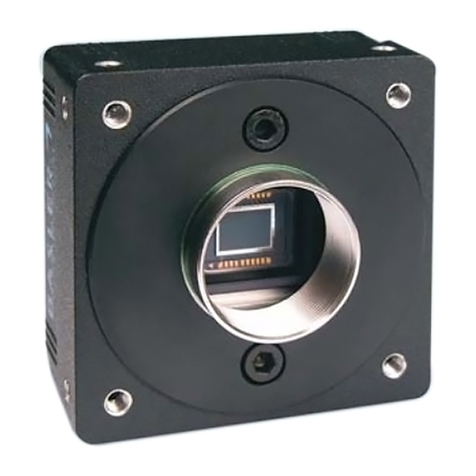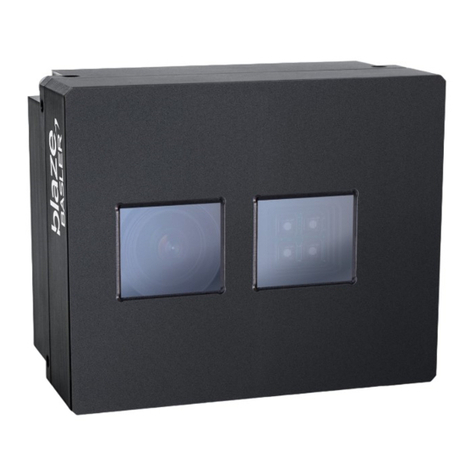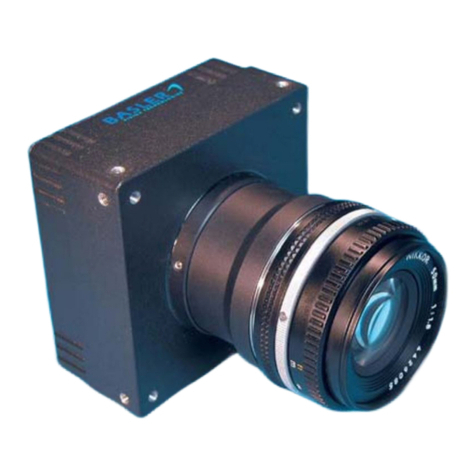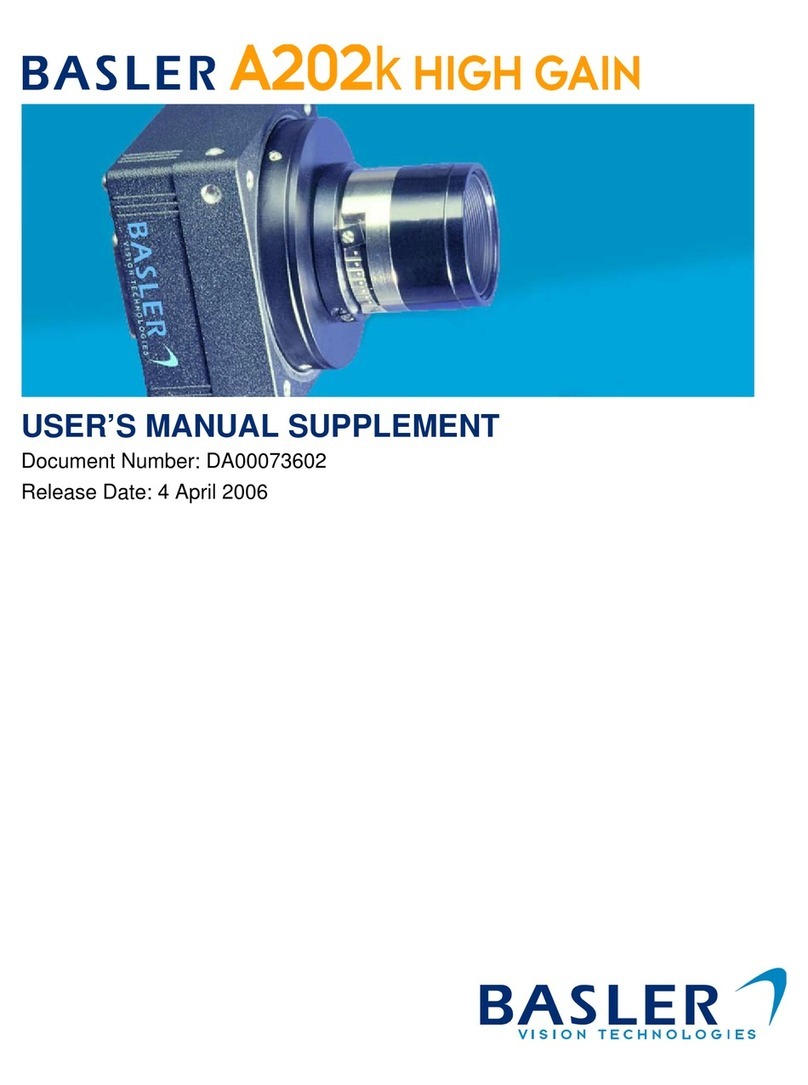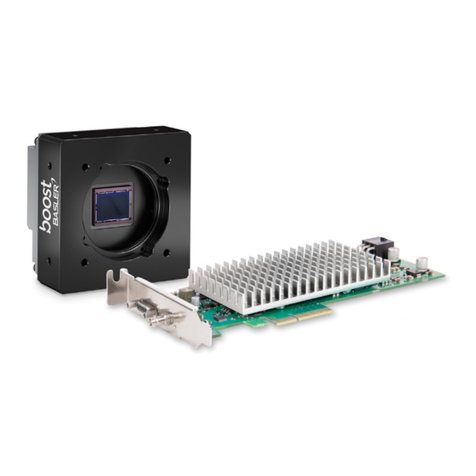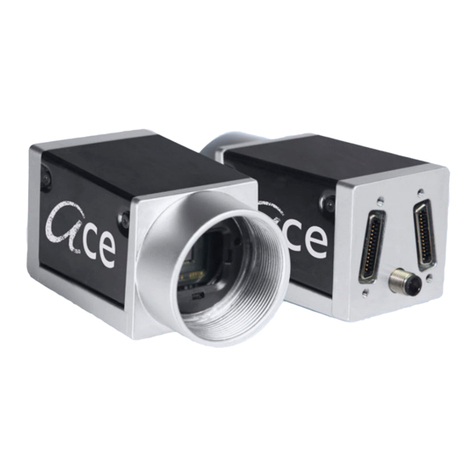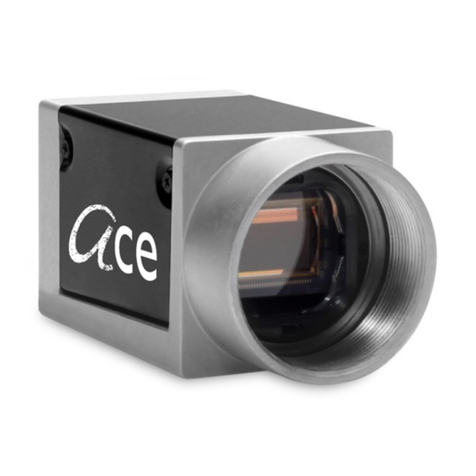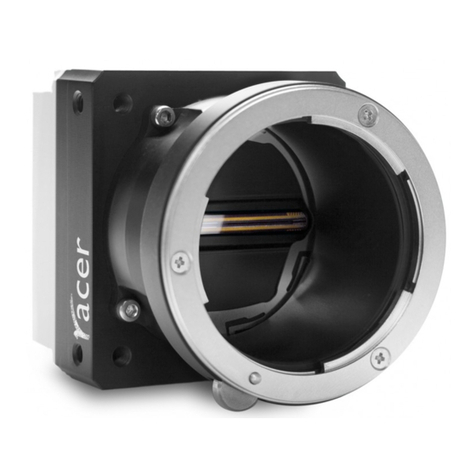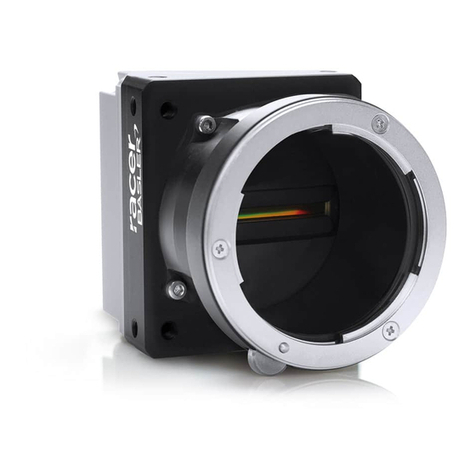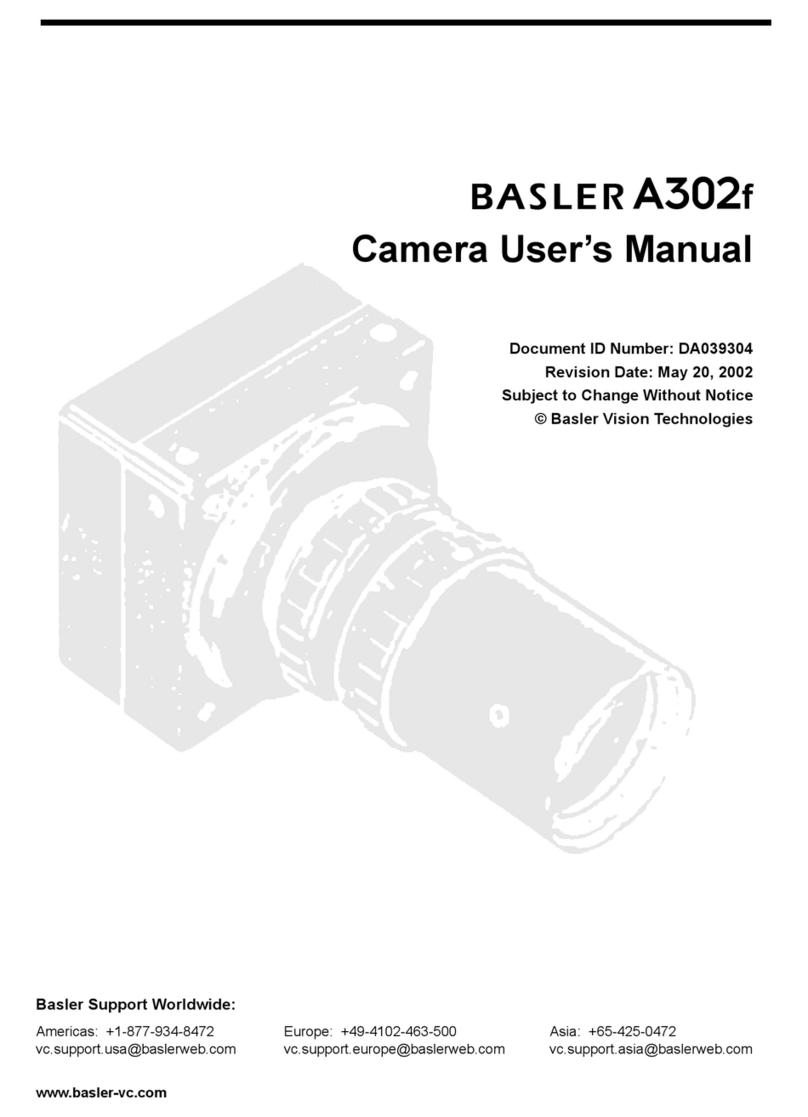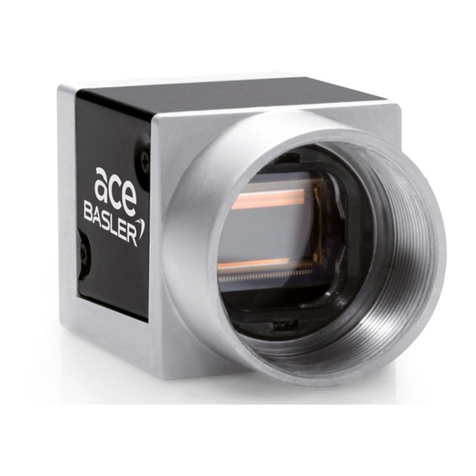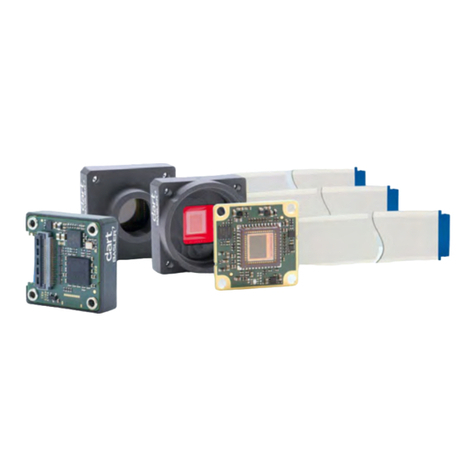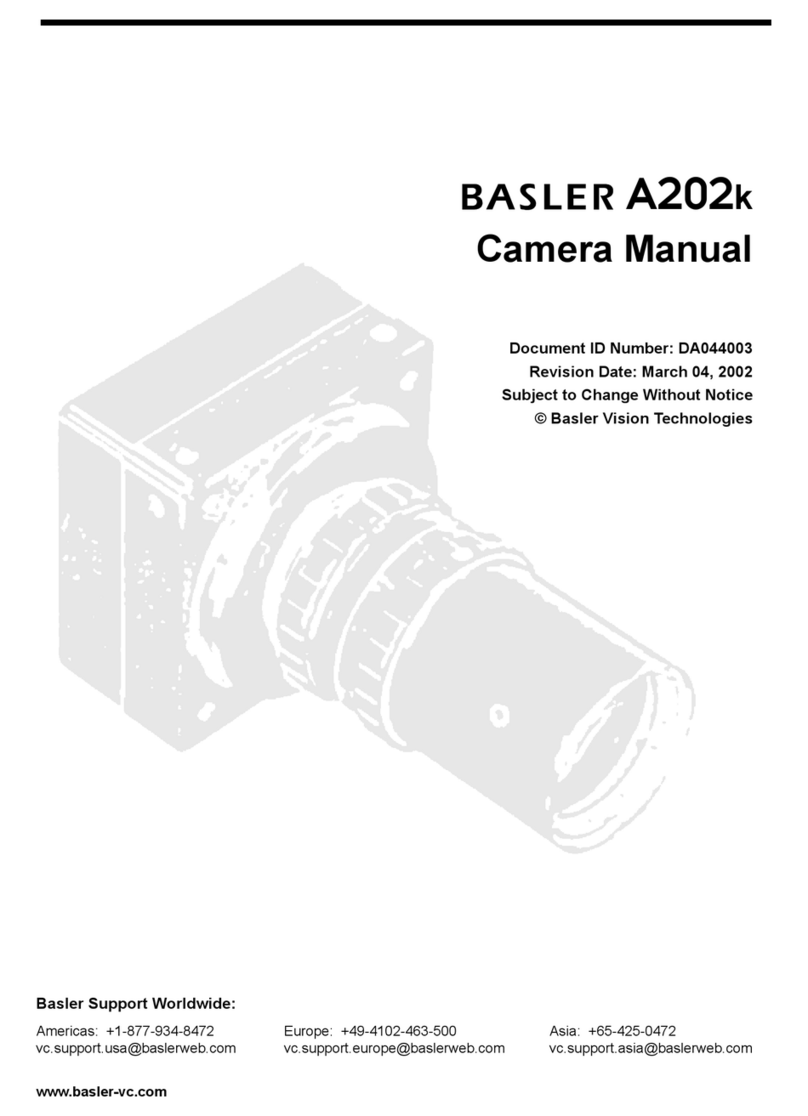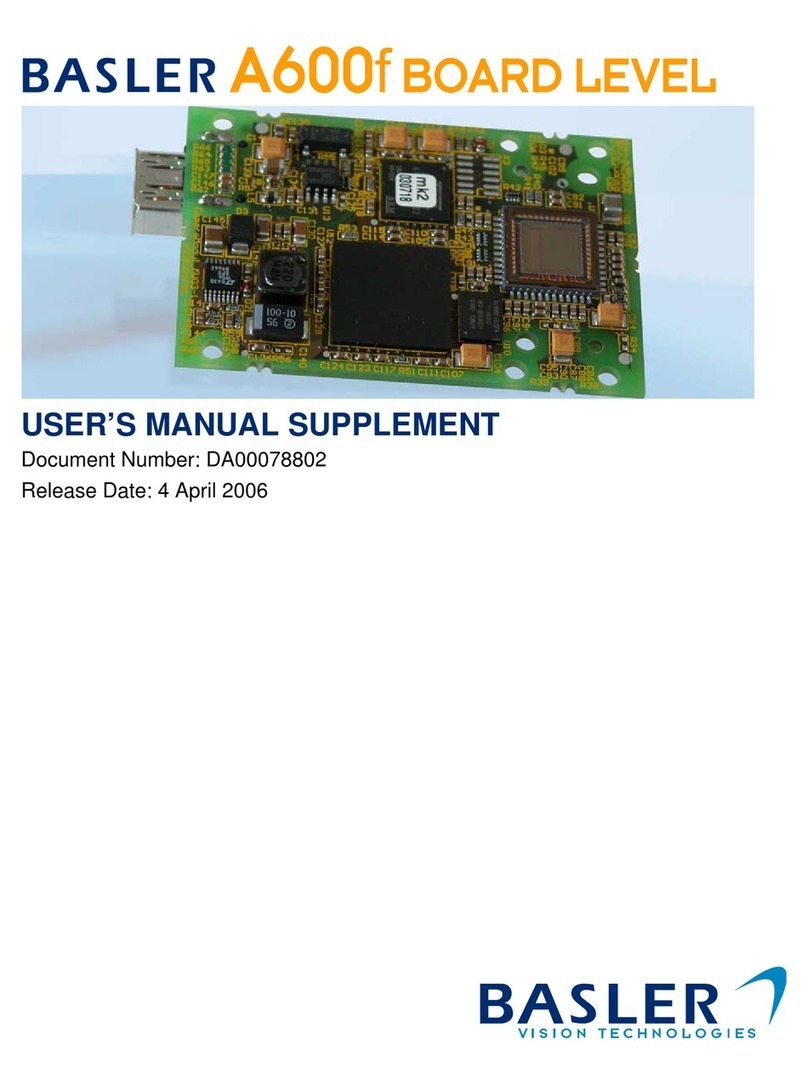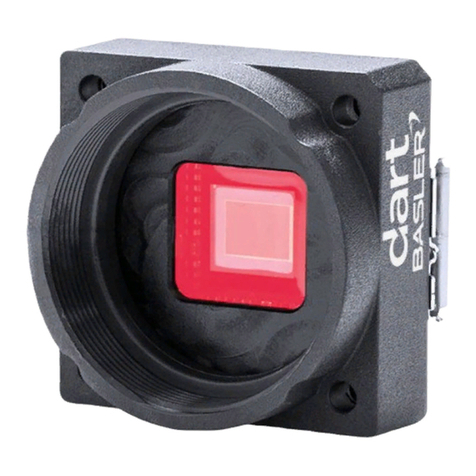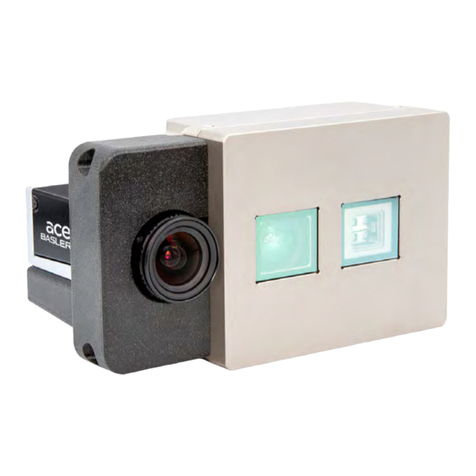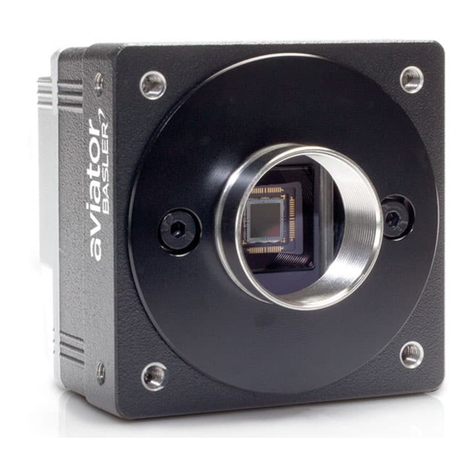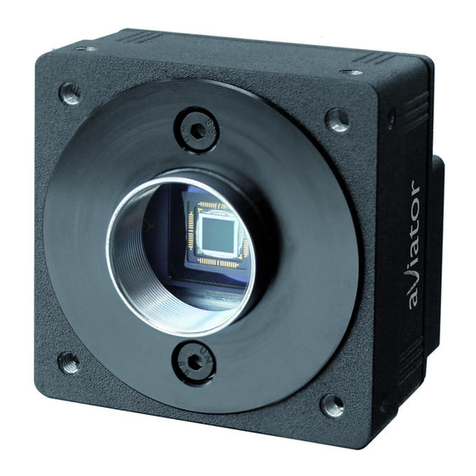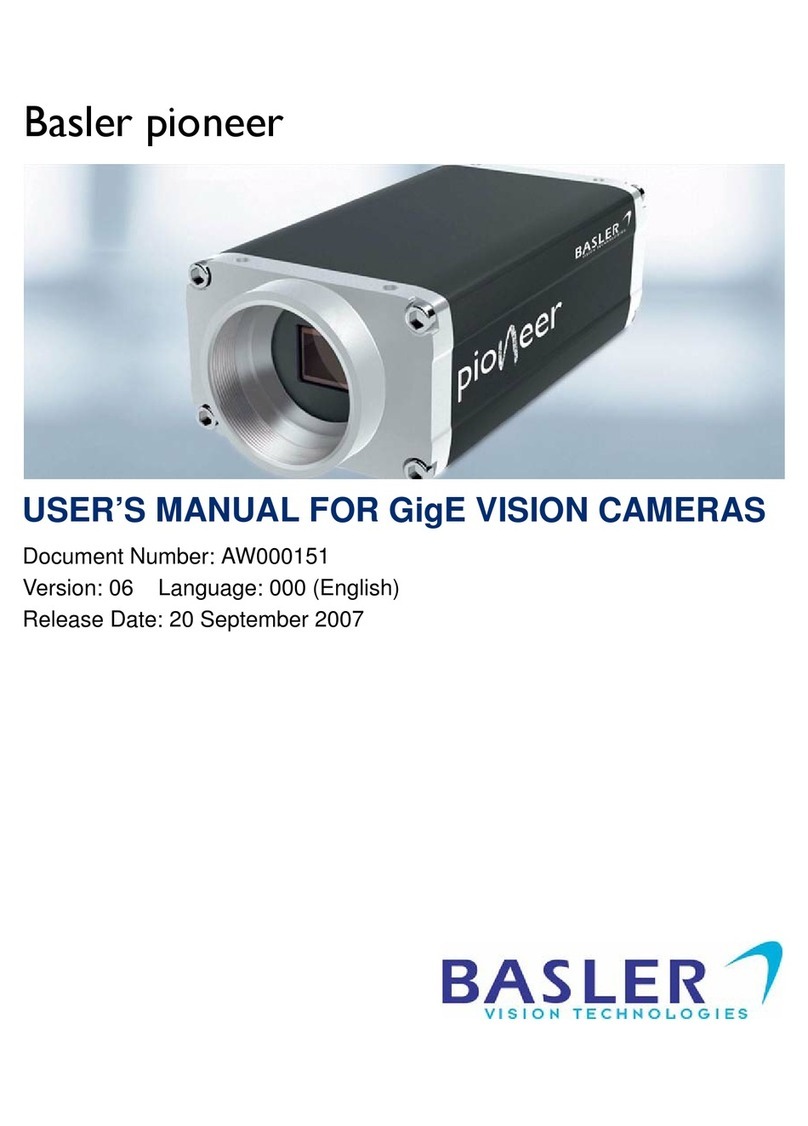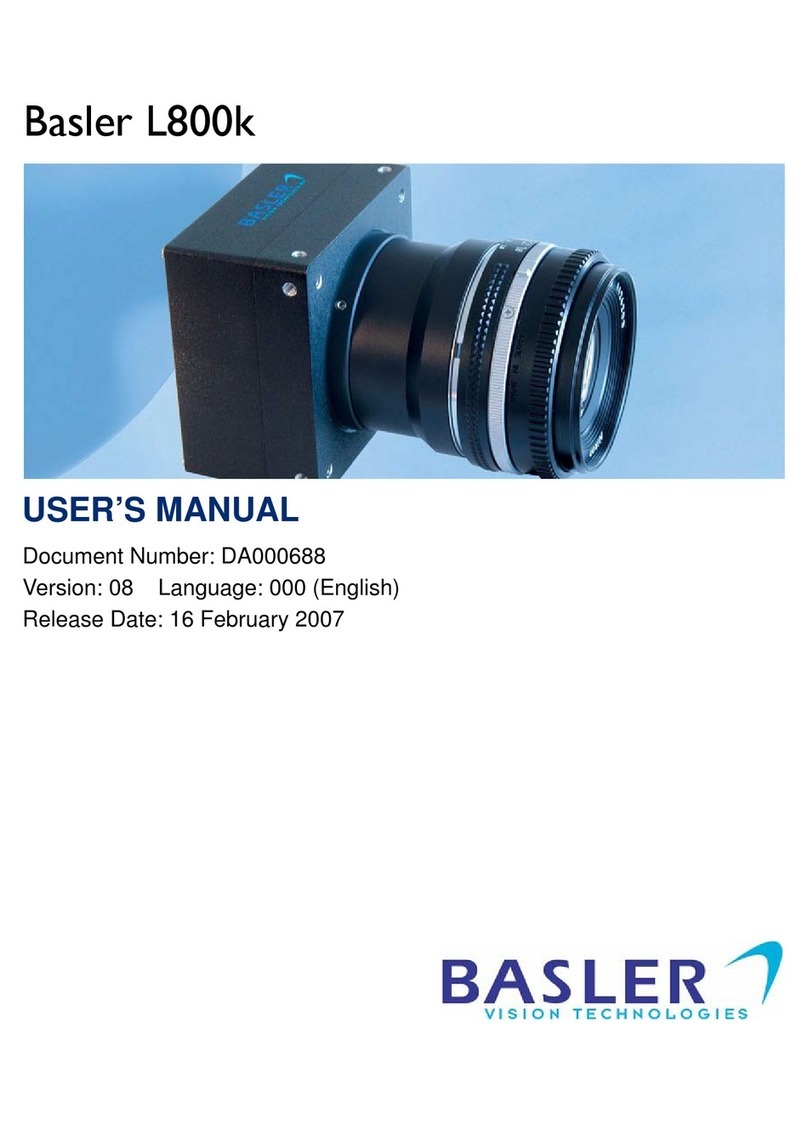
Contents
II BASLER A620f
DRAFT
3.7 Area of Interest (AOI) . . . . . . . . . . . . . . . . . . . . . . . . . . . . . . . . . . . . . . . . . . . . . . 3-21
3.7.1 Changing AOI Parameters “On-the-Fly” . . . . . . . . . . . . . . . . . . . . . . . . . . . 3-22
3.7.2 Changes to the Frame Rate With AOI. . . . . . . . . . . . . . . . . . . . . . . . . . . . . 3-22
3.8 Selectable 8 or 10 Bit Pixel Depth . . . . . . . . . . . . . . . . . . . . . . . . . . . . . . . . . . . . 3-25
3.9 Corrections for Sensor Characteristics . . . . . . . . . . . . . . . . . . . . . . . . . . . . . . . . . 3-26
3.10 Strobe Control Output Signals . . . . . . . . . . . . . . . . . . . . . . . . . . . . . . . . . . . . . . 3-27
3.11 Parallel Input/Output Control . . . . . . . . . . . . . . . . . . . . . . . . . . . . . . . . . . . . . . . 3-29
3.12 Available Video Formats, Modes & Frame Rates . . . . . . . . . . . . . . . . . . . . . . . . 3-30
3.12.1 Standard Formats, Modes and Frame Rates . . . . . . . . . . . . . . . . . . . . . . 3-30
3.12.2 Customizable Formats and Modes . . . . . . . . . . . . . . . . . . . . . . . . . . . . . . 3-32
3.13 Error Flags . . . . . . . . . . . . . . . . . . . . . . . . . . . . . . . . . . . . . . . . . . . . . . . . . . . . . 3-33
4 Configuring the Camera
4.1 Block Read and Write Capabilities . . . . . . . . . . . . . . . . . . . . . . . . . . . . . . . . . . . . . 4-2
4.2 Changing the Video Format setting . . . . . . . . . . . . . . . . . . . . . . . . . . . . . . . . . . . . 4-2
4.3 Configuration ROM . . . . . . . . . . . . . . . . . . . . . . . . . . . . . . . . . . . . . . . . . . . . . . . . . 4-2
4.4 Implemented Standard Registers . . . . . . . . . . . . . . . . . . . . . . . . . . . . . . . . . . . . . . 4-3
4.4.1 Inquiry Registers . . . . . . . . . . . . . . . . . . . . . . . . . . . . . . . . . . . . . . . . . . . . . . 4-3
4.4.1.1 Initialize Inquiry Register . . . . . . . . . . . . . . . . . . . . . . . . . . . . . . . . . 4-3
4.4.1.2 Inquiry Registers for Video Formats . . . . . . . . . . . . . . . . . . . . . . . . 4-3
4.4.1.3 Inquiry Registers for Video Modes . . . . . . . . . . . . . . . . . . . . . . . . . 4-4
4.4.1.4 Inquiry Registers for Video Frame Rates . . . . . . . . . . . . . . . . . . . . 4-6
4.4.1.5 Inquiry Registers for Format 7 CSR Offsets . . . . . . . . . . . . . . . . . 4-10
4.4.1.6 Inquiry Register for Basic Functions . . . . . . . . . . . . . . . . . . . . . . . 4-11
4.4.1.7 Inquiry Register for Feature Presence . . . . . . . . . . . . . . . . . . . . . 4-12
4.4.1.8 Inquiry Registers for Feature Elements . . . . . . . . . . . . . . . . . . . . . 4-15
4.4.2 Control and Status Registers. . . . . . . . . . . . . . . . . . . . . . . . . . . . . . . . . . . . 4-19
4.4.2.1 Control and Status Registers for Basic Camera Operation . . . . . . 4-19
4.4.2.2 Control and Status Registers for Features . . . . . . . . . . . . . . . . . . 4-23
4.4.2.3 Error Status Registers for Feature Control . . . . . . . . . . . . . . . . . . 4-27
4.4.2.4 Control and Status Registers for Format 7, Mode 0 . . . . . . . . . . . 4-29
4.4.2.5 Control and Status Registers for the PIO Control Function . . . . . . 4-36
4.4.2.6 Control and Status Registers for the Strobe Signal Function . . . . 4-37
4.4.3 Advanced Features Registers. . . . . . . . . . . . . . . . . . . . . . . . . . . . . . . . . . . 4-40
5 Image Data Formats and Structures
5.1 Image Data Basics . . . . . . . . . . . . . . . . . . . . . . . . . . . . . . . . . . . . . . . . . . . . . . . . . 5-1
5.1.1 Pixel Transmission Sequence. . . . . . . . . . . . . . . . . . . . . . . . . . . . . . . . . . . . 5-1
5.2 Packet Payload Charts for Standard Format, Mode and
Frame Rate Combinations on the A620f . . . . . . . . . . . . . . . . . . . . . . . . . . . . . . . . 5-2
5.2.1 Format 0, Mode 1 . . . . . . . . . . . . . . . . . . . . . . . . . . . . . . . . . . . . . . . . . . . . . 5-2
5.2.2 Format 0, Mode 5 . . . . . . . . . . . . . . . . . . . . . . . . . . . . . . . . . . . . . . . . . . . . . 5-2
5.2.3 Format 0, Mode 6 . . . . . . . . . . . . . . . . . . . . . . . . . . . . . . . . . . . . . . . . . . . . . 5-2
5.2.4 Format 1, Mode 2 . . . . . . . . . . . . . . . . . . . . . . . . . . . . . . . . . . . . . . . . . . . . . 5-2
